ABM Board
Colophon’s historic board. Find it in the shop.
Read on for more about the fiber and how it is made
From the scrap bin
Phase box off-cuts are collected from a university conservation lab that cuts boxes from a large sheet of barrier board. This board is from Hollinger Metal Edge (an archival supply company) which is acid free, lignin free, and buffered (some of the buffering agent is likely soaked out during the re-hydration and beating process). The fiber itself is wood pulp.
The off-cut pieces are shredded into small strips and weighed out into the amounts needed to make the board.
Fiber is prepped
After soaking in water overnight, the hydrated scraps are processed through a beater. After being beaten a short time, the fiber is internally sized using Hercon 70, a biodegradable polymer used commonly as a sizing agent in many fine art papers.
NB: The water used throughout the process is run through a Birm and particle filter to remove any iron. There is no copper present.
Forming the sheet
The processed fiber is transferred to a bucket and waits to be poured into a deckle box. A deckle box does not require a vat. Instead, the box is built in such a way that the bottom of the box is lined with a screen topped with thin felt which allows the box to drain as the fiber settles. A plastic sheet is laid within the box and the fiber is poured in. Like a magician removing a table cloth, the plastic sheet is removed and the water drains, forming the sheet of board.
Maintaining consistency
Once sufficiently drained, the thin felt is carefully moved to the post of formed sheets so that the process can be repeated. The handmade papermaking process provides the advantage of monitoring the consistency of the sheet at each step for accuracy.
Pictured to the right, a freshly formed sheet is measured to be sure that the desired thickness has been achieved. More pulp in the batch will give a thicker board, and vice versa.
The sheets are pressed
Sandwiched between thin felt, the post of wet sheets are loaded into a hydraulic press which extracts most of the water from the sheet. The thin felt results in a less textured board than the coarse textile used historically, but it has more texture and character than the commercial book boards available.
The pressed sheets finish drying in a dryer box and are ready for use once dry.
Available in multiple thicknesses
The board is available in a variety of thicknesses each one is identified by their micrometer reading.
.08-1.0 (similar to .08 Davey Board)
.06-.075
.05-.055
.035-.045
.025
.015 (similar to case-weight paper)
Please contact me with all inquiries.








